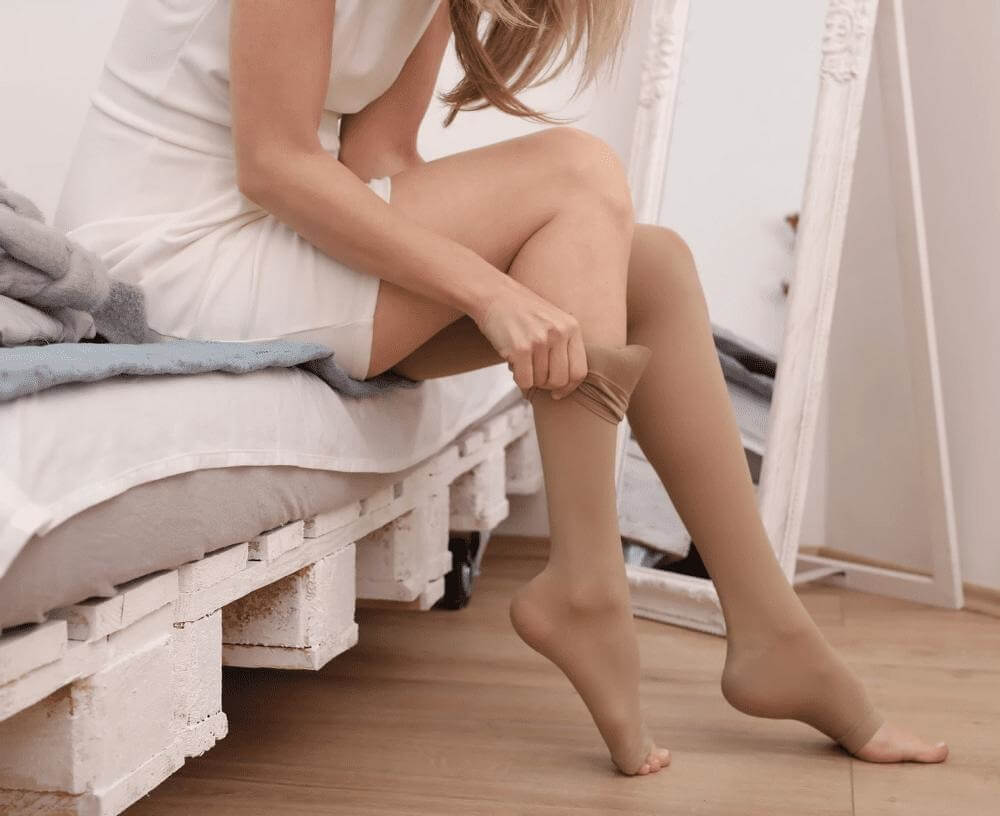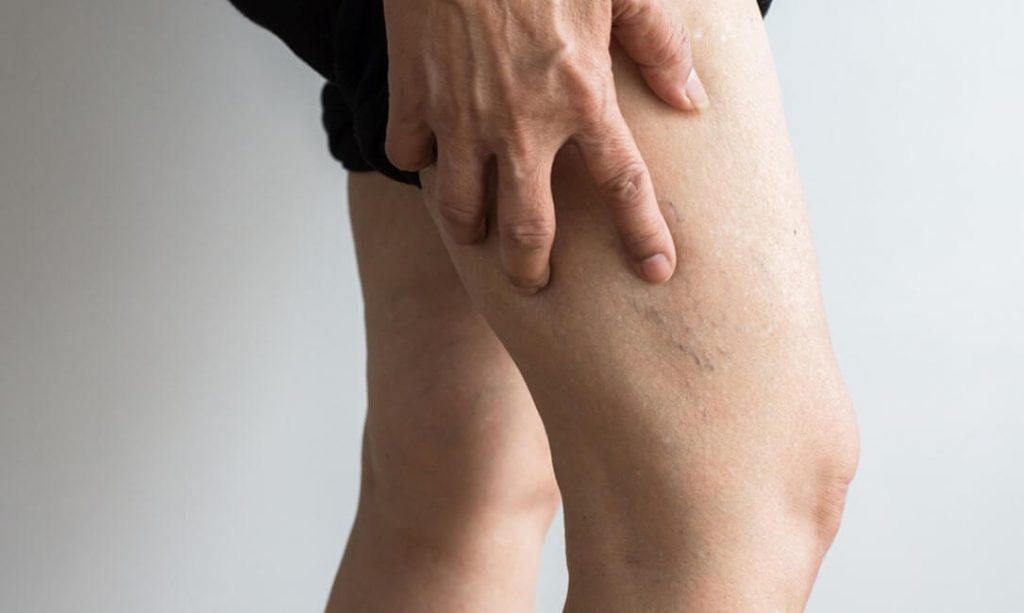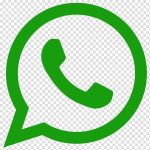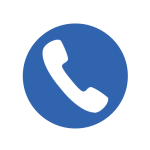What Can I Expect During My First Visit to the IranVein Varicose Clinic?

Your first visit will consist of a detailed ultrasound vein study to determine the cause of your varicose veins and leg discomfort. Then, the results of your ultrasound study and the best treatment for your vein problem would be discussed. The IranVein Varicose Clinic schedules plenty of time for you to ask questions and you will never feel rushed. When you leave our clinic, you will have a good understanding of your vein problem and the rationale behind the recommended treatment.
Will My Vein Problem Be Treated During My First Visit?
The first visit will consist of diagnosing the cause of your varicose vein problems and detailing a treatment plan. Since the treatment of varicose veins is highly individualized, it is not practical to schedule a procedure at the time of your first visit. Although, it would be possible for some patients.
Dr. Aghdasi, My Legs Suffer from the Severe Rope-Like Varicose Veins; they Need a Radiofrequency, Laser Procedure, or Sclerotherapy. Can Both of Them Be Treated at the Same Session?
Yes. There is absolutely no reason why procedures on both legs cannot be done at the same session. The procedures are minimally invasive, associated with little post-operative discomfort, and with no significant down time. At the IranVein Varicose Clinic, we routinely perform procedures on both legs at the same session. This saves time, money, and the need to recover from two separate procedures.
What Causes the Rope-Like Varicose Veins and the Spider Veins? What Worsen Them?
Many factors increase a person’s chances of developing varicose or spider veins. These include:
Increasing Age
Having family members with vein problems or being born with weak vein valves.
Hormonal changes. These occur during puberty, pregnancy, and menopause. Taking birth control pills and other medicines containing estrogen and progesterone also increase the risk of varicose or spider veins.
Pregnancy: During pregnancy, there is a huge increase in the amount of blood in the body. This can cause veins to enlarge. The expanding uterus also puts pressure on the veins. Varicose veins usually improve within 3 months after delivery. A growing number of abnormal veins usually appear with each additional pregnancy.
Obesity, leg injury, prolonged standing, sun exposure, and other things are also among the factors that weaken vein valves.
Sun exposure can cause spider veins on the cheeks or nose of a fair-skinned person.
How Do I know If I Have Vein Disease?
Fortunately, most vein diseases can be seen by looking at the size and color of the vein at the skin’s surface. In some cases, however, the diseased vein may be deeper in the body and not visible through the skin. As a result, paying close attention to other symptoms is important in diagnosing vein disease. Many patients with vein disease experience cramping, aching, burning, itching, soreness and “tired” or “restless” legs, especially in the calf muscles. If you experience these symptoms, your physician can quickly and easily perform a test to determine whether you have vein disease or not.
What Happens to the Vein That Is Treated by a Laser or Radiofrequency?
The vein`s walls are destroyed internally; in fact, the vein is destroyed. The body will absorb the required vein in 2 or 3 months. There is no need to remove the vein.
If the Vein Is Closed by the Treatment, Where Does the Blood Go?
There are many veins in the leg – so the blood that would have flowed through the closed vein simply flows through the other healthy veins after the procedure. The loss of the diseased vein is not a problem for the circulatory system. In fact, the varicose veins are not only good at the blood transfer, but they are also such as a blood store – they will be full of blood while standing and they will increase the chance of the clot and even bleeding.
Is the Loss of the Vein a Problem?
No. Since there are many veins in the leg, the blood that would have flowed through the closed vein simply flows through other healthy veins after the therapy.
What Type of Activity Can I Do after My Treatment?
For the cosmetic procedures, you can go back to work on the same day. We do advise you to avoid any strenuous activities for a few days up to two weeks, depending on how extensive your treatment was. Walking is encouraged, but high impact activity should be limited initially.
For endovenous, laser, and radiofrequency procedures, we also encourage walking, but you must limit your strenuous activity for 2 weeks to allow the treated vein areas to heal.
Compression stockings or bandages are used following all procedures and are an integral part of the healing process.
Depending on what procedures you have had, there is always a healing process in the short term. However if you are compliant with our treatment program, your long term results should be excellent and you will not need to limit your activities based on your prior vein problems.
Why Do Doctors Recommend Compression Stockings?
Compression stockings can temporarily reverse the effects of vein disease and relieve the swelling and aching of your legs but they won’t prevent more varicose veins from developing. These thick elastic leggings provide support for surface leg veins and help the blood in your veins flow up towards your heart. Some people won’t need any other treatment.
Are There Any New Procedures for Varicose Vein Treatment?
Yes, there are.
1 – Venaseal™ by Sapheon, “Superglue” for Varicose Veins
The Venaseal™ glue is inserted into the vein to be treated by a long thin tube called a catheter.
The potential advantage over endovenous laser ablation (EVLA) and radiofrequency ablation (RFA) if it does prove to work is that it does not require the injection large volumes of anaesthetic (called “tumescence”) around the vein treated.
The early results and science with this procedure are promising for the specialists.
We are currently waiting for the results of the researches.
2 – Clarivein Treatment for Varicose Veins
Clarivein uses a rotating end which destroys the inside of the vein wall, and then puts sclerotherapy solution into the damaged area, making sure that the inside of the vein wall is destroyed.
At present, there is a limit on the amount of sclerotherapy that can be given at one time – and so it can only be used for patients who have one (or two small) veins treated at one time.
Also, we are currently waiting for the results of the researches.
3 – Steam Vein Sclerotherapy – SVS
A trial in Rotterdam was reported showing that steam destroyed the 20 veins in 19 patients – but the one year results were reported to show that only 13 of the 20 veins remained closed.
Also, we are currently waiting for the results of the researches.
All of these methods use heat to destroy the vein – but with laser or radiofrequency we are able to measure the energy precisely put into the vein wall, ensuring success and our excellent results.
Steam vein sclerosis (SVS) clearly cannot match these results at present, and this may be due to the inability to ensure an exact amount of heat energy is delivered to the vein wall.
Hopefully research will improve the results of SVS in the future, but at the current time it is not recommended as a part of our Protocol.
This essay is translated by Mojgan Salmani





